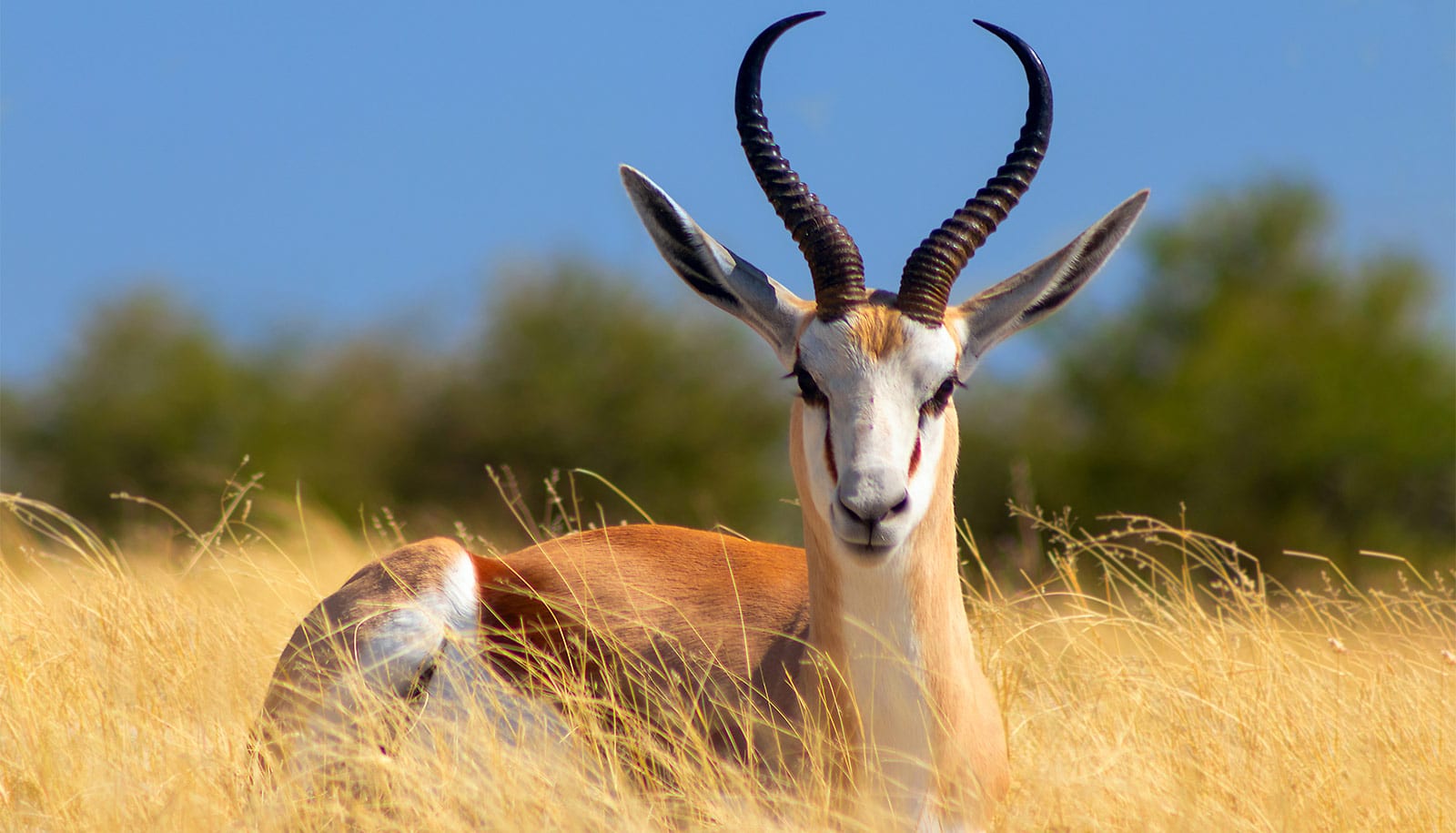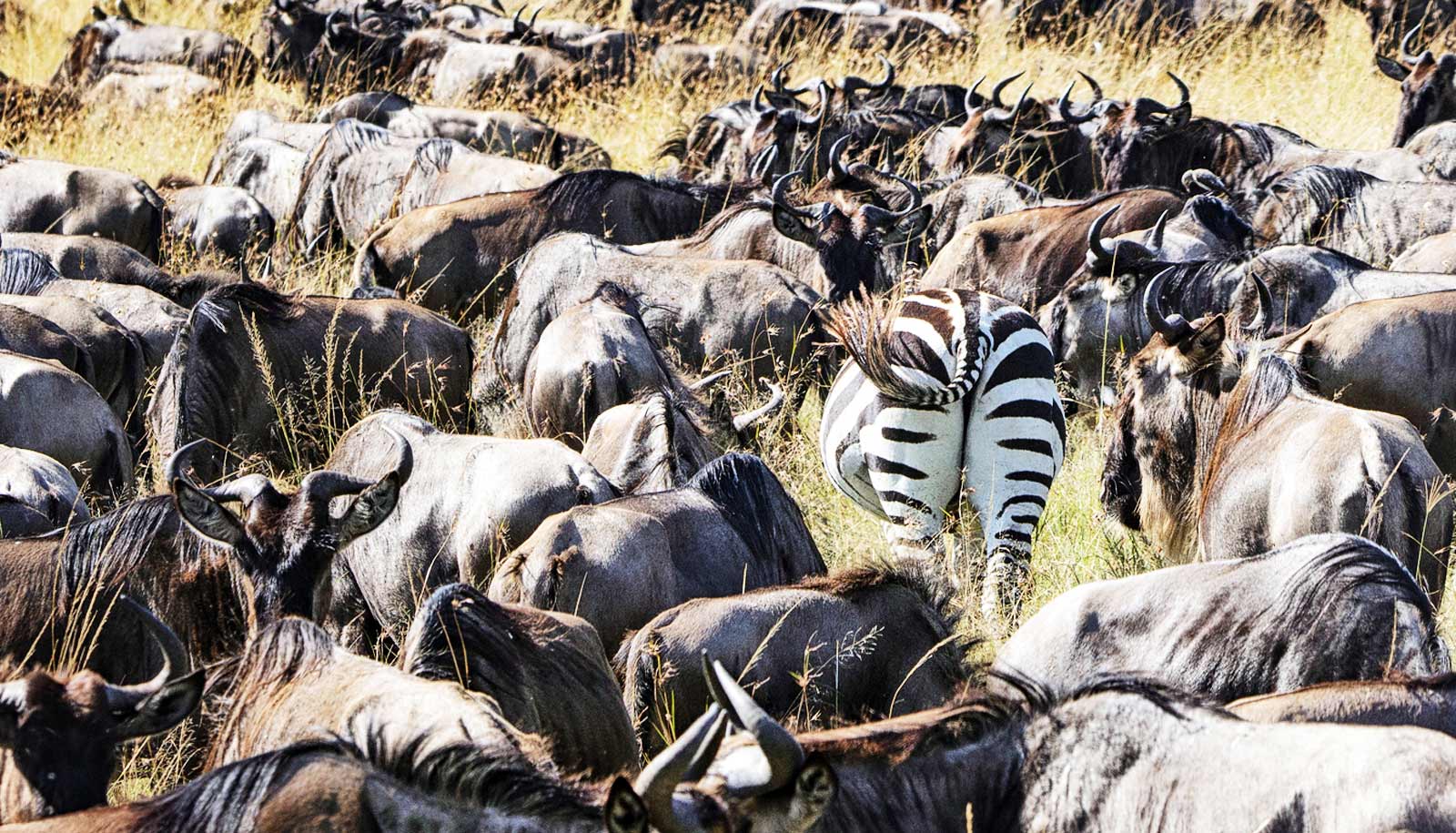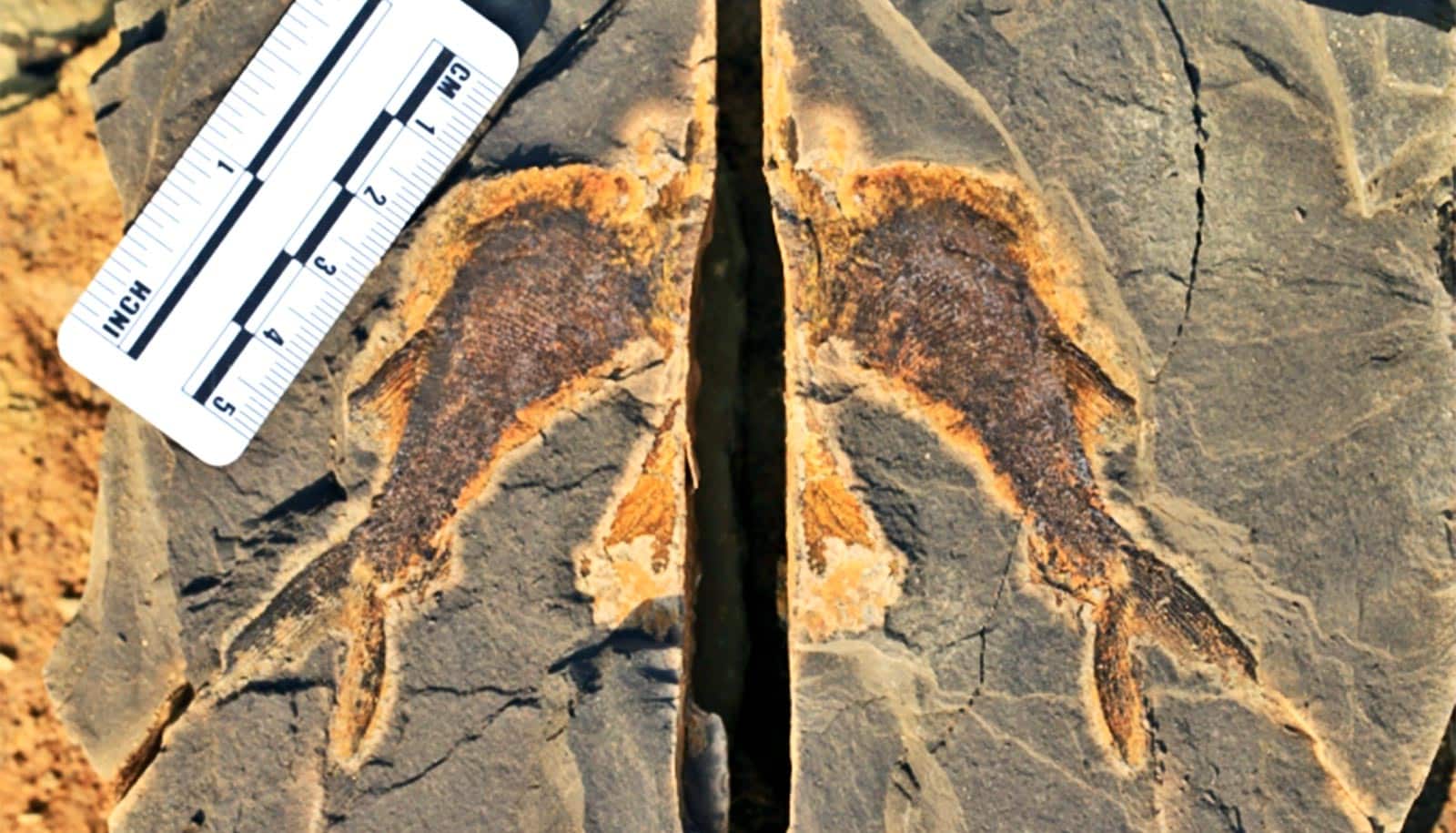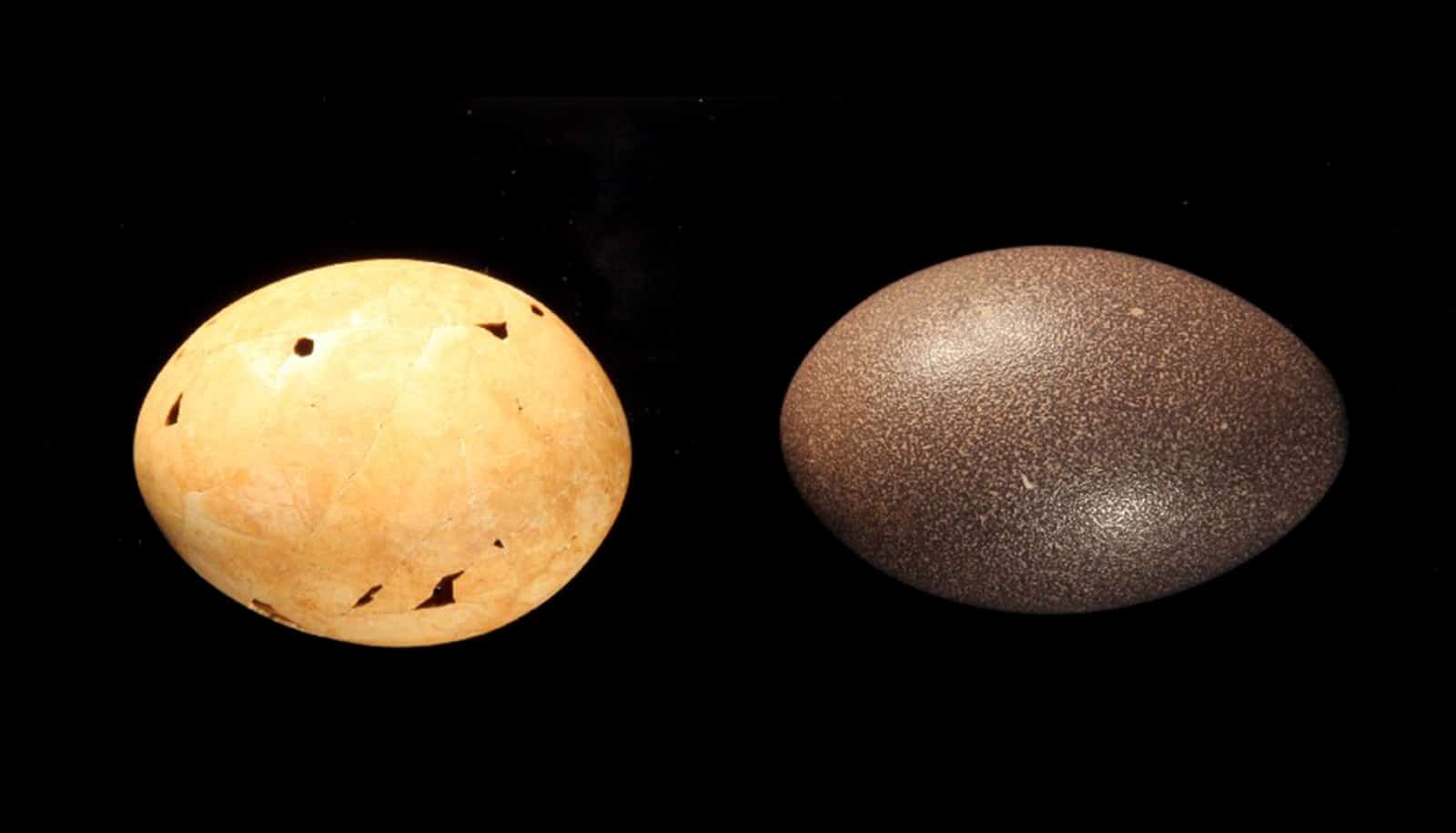A new study of prehistoric and modern African antelope remains found that artificial intelligence accurately identified animals more than 90% of the time.
The researchers compared AI’s accuracy to humans, who had much lower accuracy rates depending on the expert.
Identifying these animals and their habits helps paint a broader picture of ancient ecosystems, and with the assistance of this new technology, it can be done with more speed and accuracy than previously done by paleontologists, according to the study.
So why does it matter how these ancient animals lived and what they ate?
The study sheds light on how the ecology of the time affected the evolution of mammal communities including humans, who over the past two million years have become highly dependent on other mammals, says Manuel Domínguez-Rodrigo, a visiting professor of anthropology at Rice University, professor of prehistory at the University of Alcalá in Spain, and co-director of Madrid’s Institute of Evolution in Africa.
“The evolution of ecosystems in Africa is of major relevance to understand what shaped our own evolution as humans,” Domínguez-Rodrigo says. “Our prehistoric ancestors were highly dependent on resources available in different habitats of African savanna ecosystems.
“Using fossil mammals—highly specialized in their adaptations to different habitats—to reconstruct these landscapes has been the most used method to interpret their ecology. Identifying those mammals by their teeth has not always been straightforward and was subjected to a high degree of expert knowledge and bias.
“Now we can do that with much more confidence. This will enable us to understand past environments but also understand better modern landscapes too when documenting the dead animals that they still contain.”
And thanks to this technology, whose application to paleobiology is pioneered in Domínguez-Rodrigo’s lab, he says archaeologists can now analyze information far more quickly and accurately than before.
“These AI methods are a revolution for the studies of paleobiology and human evolution in particular,” he says. “They provide an objective, replicable way of identifying animals, including the degree of confidence with which identifications are made.”
Domínguez-Rodrigo says the success of AI in other fields, such as image-based medicine, was a proof of concept for its widespread application to other fields.
“Now paleontology and archaeology are experiencing a profound—although still somewhat slow—revolution by incorporating these techniques,” he says. “Not only can we now be more secure about identifying different types of African antelopes, but we are working already on doing things that archaeologists have been unable to do from screening landscapes as they were millions of years ago and discovering new sites, to identifying the specific carnivore types that were interacting with humans, to a better understanding on how fossils were modified by all of them.
“The consequences to reconstruct how evolution shaped humans cannot be overstated.”
The study appears in the Annals of the New York Academy of Sciences.
Source: Rice University



